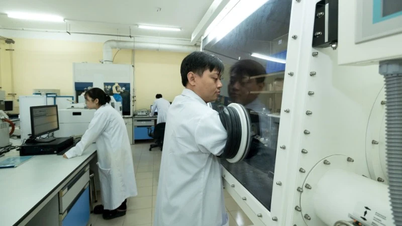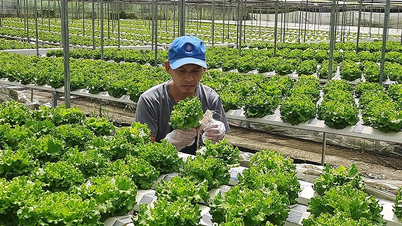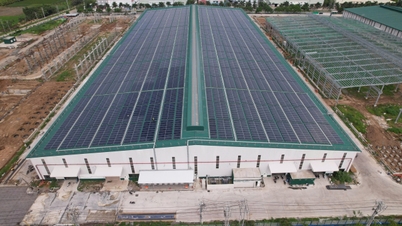If you're allergic to peanuts, milk, or strawberries, you often blame your immune system, but when we can eat a wide variety of foods without problems, few realize that it's also thanks to a well-functioning immune system.
The reason the body is able to tolerate chicken, beef, or tomatoes—things that are foreign and could be considered a threat—is due to an immune mechanism called "oral tolerance."
Although this mechanism plays a vital role, its specific mode of operation has remained a mystery for many years.
A study by Dr. Ranit Kedmi and his research team at the Department of Systemic Immunology at the Weizmann Institute of Science (Israel), recently published in Nature, has shed light on a long-standing paradox and for the first time clearly identified the cellular network that regulates food tolerance mechanisms.
Food tolerance begins to develop in the fetal stage, when the immature immune system is exposed to food molecules through the mother.
This mechanism continues to develop during breastfeeding, when infants begin eating solid foods, and through interaction with beneficial gut bacteria that produce molecules that can cause allergies, which the immune system must learn to ignore.
For many years, scientists believed that dendritic cells (DCs) were the control center for food tolerance mechanisms.
According to Professor Ralph Steinman, the 2011 Nobel laureate in Medicine, DCs are known for their role in detecting and presenting pathogens to the immune system. The traditional view is that when DCs encounter food, they "order" themselves not to attack.
However, in animal trials aimed at eliminating the suspected DC group, food tolerance persisted, which has caused confusion among researchers.
Dr. Kedmi suspected the real culprit was a rare cell type she had discovered in her postdoctoral research: ROR-gamma-t cells (RORYt), whose origin was previously unknown. That suspicion was proven correct.
A new study by Dr. Kedmi and graduate student Anna Rudnitsky shows that it is RORyt cells, not DCs, that initiate tolerance.
When scientists removed the ability of these cells to introduce food molecules to the immune system in mice, the mice quickly developed food allergies.
Dr. Kedmi and his research team went on to dismantle the entire tolerance mechanism. By selectively manipulating and eliminating specific cell types in mice, combined with advanced imaging technology and gene tools, they identified a network of four cell types that work together to prevent the immune system from reacting to food.
This network begins with RORγt, then the signal is transmitted through two other intermediate cell types before inhibiting a fourth cell type – the CD8 immune cell, which is responsible for destroying infected cells and triggering inflammation when a threat is detected.
One question that arises is, if bacteria carry proteins similar to those in food, will the immune system ignore them?
Scientists tested this by exposing mice to bacteria carrying food-like proteins. The results were surprising: The immune system temporarily suspended the tolerance program, mobilizing CD8 to attack the pathogen. Once the bacteria were eliminated, the tolerance mechanism restarted.
The discovery of this cellular network helps explain why tolerance mechanisms fail, as in Celiac disease (gluten intolerance – intolerance to various proteins found in wheat and other grains), when CD8 cells attack the intestinal lining, mistaking gluten for a threat.
Understanding the gaps in the tolerance network could open new avenues for treating food allergies and related disorders.
Source: https://www.vietnamplus.vn/giai-ma-co-che-mien-dich-giup-con-nguoi-an-uong-khong-bi-di-ung-post1043249.vnp




![[Image] Vietnam's colorful journey of innovation](/_next/image?url=https%3A%2F%2Fvphoto.vietnam.vn%2Fthumb%2F1200x675%2Fvietnam%2Fresource%2FIMAGE%2F2025%2F12%2F14%2F1765703036409_image-1.jpeg&w=3840&q=75)





















































![[Image] Vietnam's colorful journey of innovation](https://vphoto.vietnam.vn/thumb/402x226/vietnam/resource/IMAGE/2025/12/14/1765703036409_image-1.jpeg)









































Comment (0)